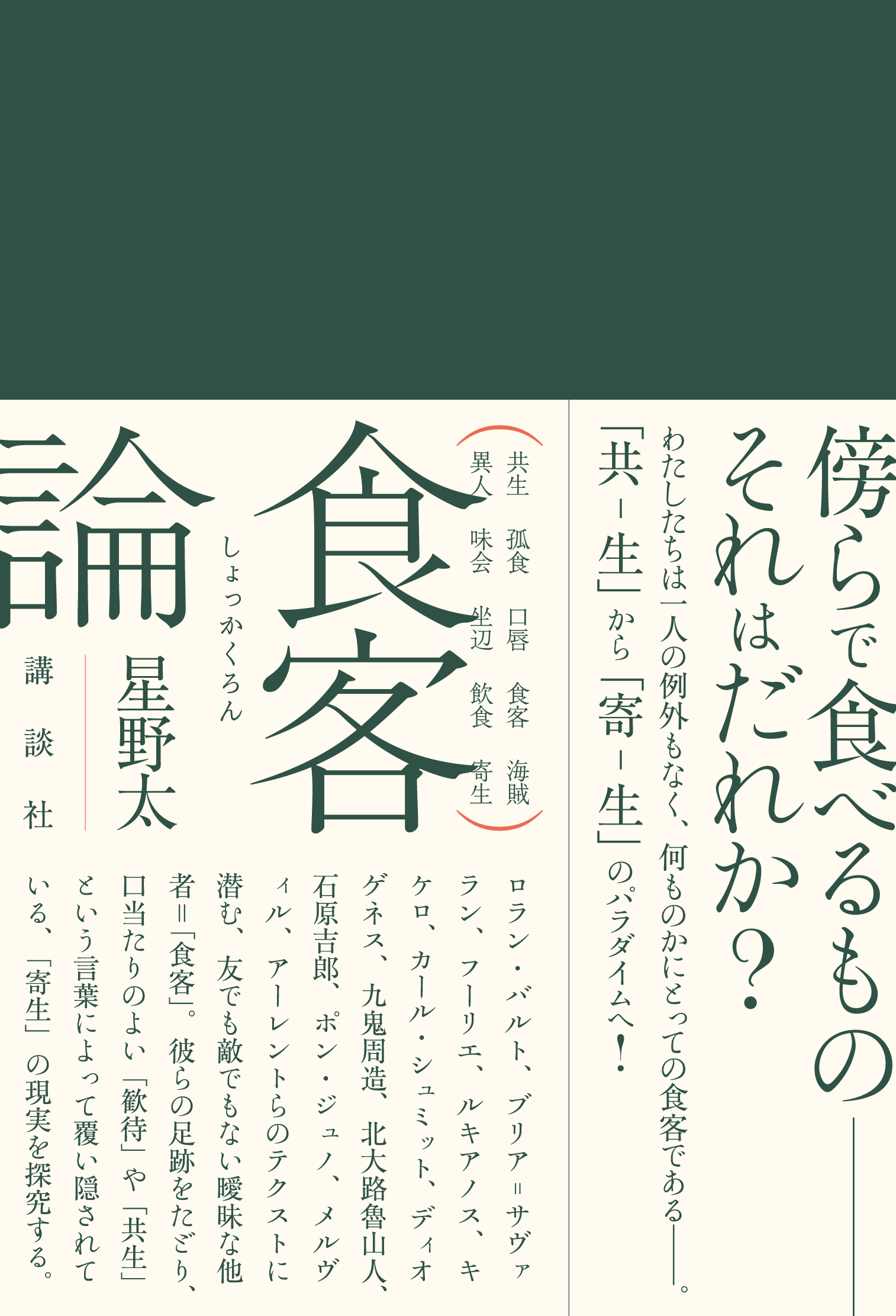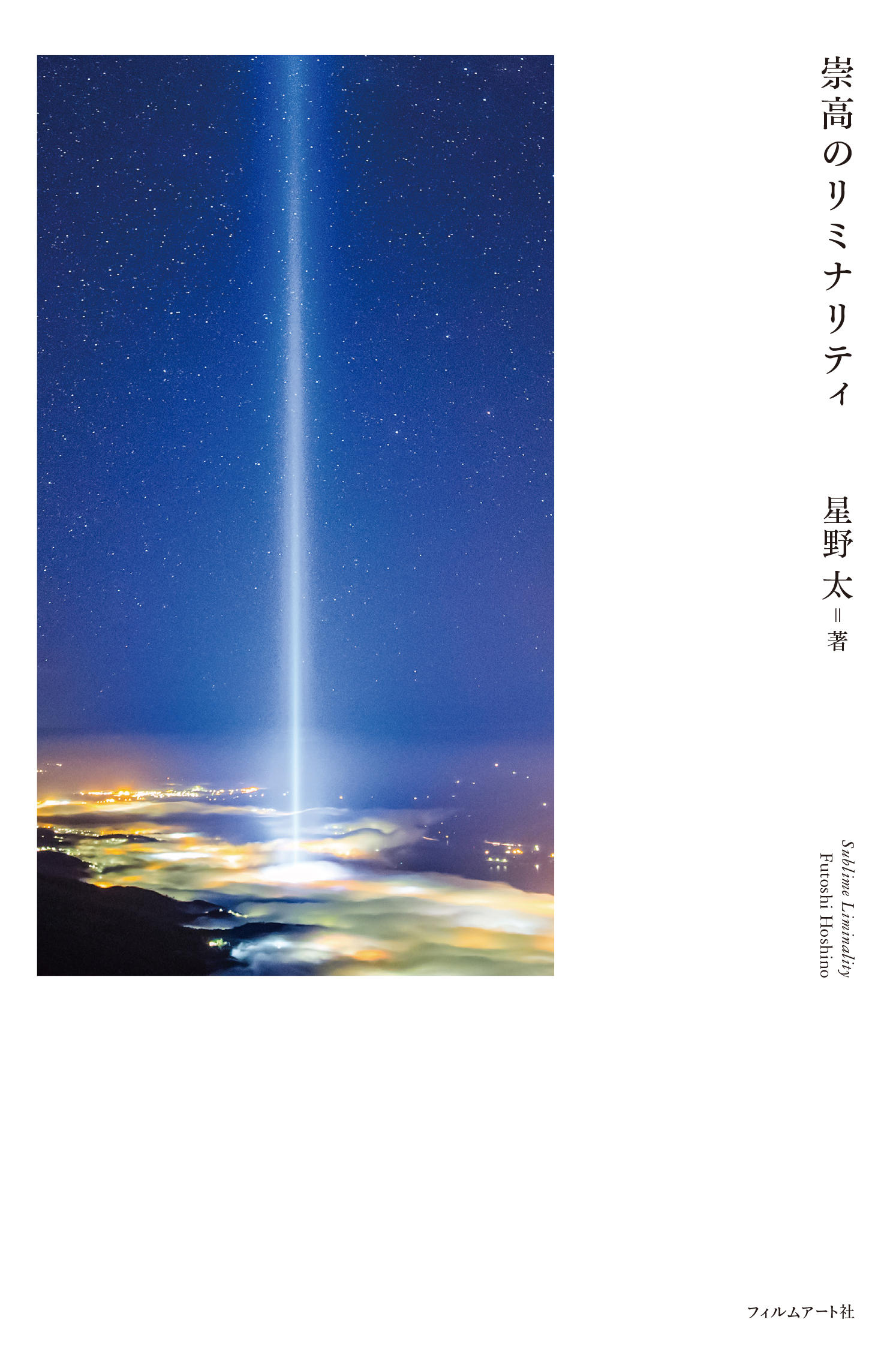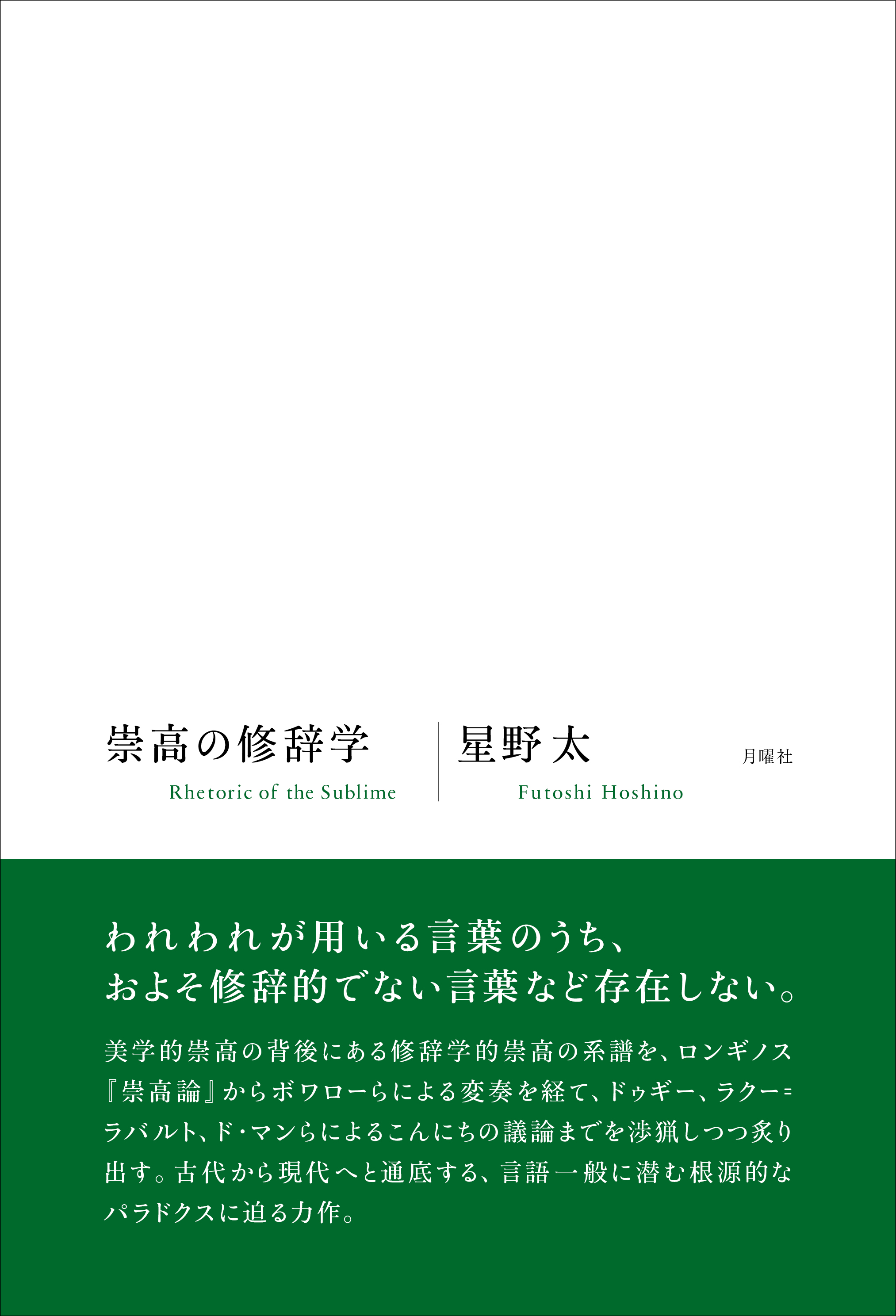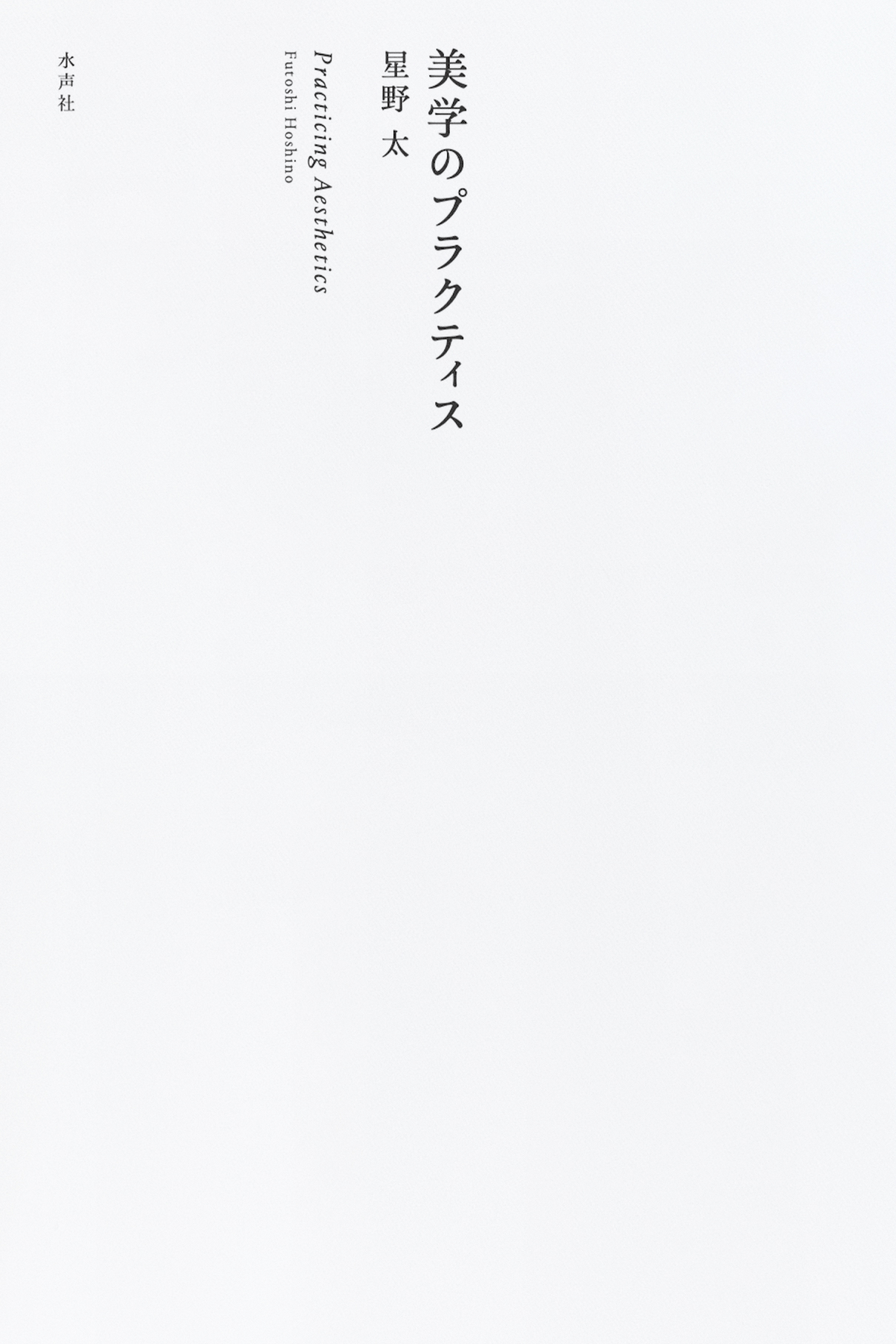
Title
Shokkakuron (Parasitology)
Size
272 pages, 127x188mm
Language
Japanese
Released
March 02, 2023
ISBN
978-4-06-530545-4
Published by
Kodansha
Book Info
See Book Availability at Library
Japanese Page
This book is an essay that explores the issues surrounding symbiosis and parasitism with various perspectives, with the keyword “parasite” as its primary focus. Based on its writing style, it is better categorized as literary criticism rather than academic research.
I would like to commence this introduction with the book’s title, Shokkakuron (食客論, Parasitology). The Japanese term shokkaku (食客) can be considered equivalent to the English word “parasite.” Since the term “parasite” is used without distinction between action and object, it can be translated as shokkaku (食客, parasite) or kisei (寄生, parasitism), depending on the context. This book critically examines conventional discussions of symbiosis through the concepts of parasite/parasitism.
We all live as parasites on something else, and none of us are independent of others. Nevertheless, the terms symbiosis or coexistence often obscure this reality. The statement that we coexist implies that each individual is autonomous. However, from an ecological perspective, it is clear that each individual para-exists and lives alongside countless others. The world is not composed of symbiosis among independent individuals, but rather of complex parasitism among all kinds of individuals. Therefore, without exception, we are all prey to something else. In short, I aimed for a paradigm shift from “co-existence” to “para-existence” in this book.
Let us briefly describe the content of each chapter. This book begins with French critic Roland Barthes’ Collège de France lecture How to Live Together, held in Paris from 1977 to 1978, which focused on the spatial dimension of “living together” in literary texts. Restaurants that emerged in modern France are also discussed in his lectures. Unlike meals at home, going to a restaurant is inseparable from eating with an unspecified number of people. Here, “living together” is inseparable from “eating together” with an unspecified number of people. Following Barthes, I summoned two thinkers before and after the French Revolution, Brillat-Savarin and Charles Fourier, to guide readers through a history of ideas about eating and living together.
The discussion turns to several “typical figures” placed on the borderline between humans and non-humans in the ancient world. The first of these is the parasitos (parasites) in the Greek ceremony, followed by the pirata (pirates), who appear in the Roman law of nations, and the xenos (foreigners), who challenged the common sense of the ancient Greek polis. In this part, I delved into the question “What is a human being?” by examining texts, such as Lucian, Cicero, and Diogenes Laertius.
This book, which discusses living and eating with someone, addresses the problem of encountering someone. The most important guide is philosopher Kuki Shuzo’s speculation on contingency. Following his argument, the book considers living with (or beside) things and the dead through the trajectories of two people: the artist Kitaoji Rosanjin and the poet Ishihara Yoshiro.
The book concludes with Bong Joon-ho’s well-known film, Parasite (Korea, 2019). The actual “parasite” is never explicitly mentioned in the plot. Nevertheless, viewers intuitively know who is (more) parasitic among the characters. This film serves as a manifestation of the paradigm of “para-existence” introduced in the book, prompting viewers to develop a new perspective in discerning the true parasite among the characters.
(Written by HOSHINO Futoshi, Associate Professor, Graduate School of Arts and Sciences / 2023)



 Find a book
Find a book




